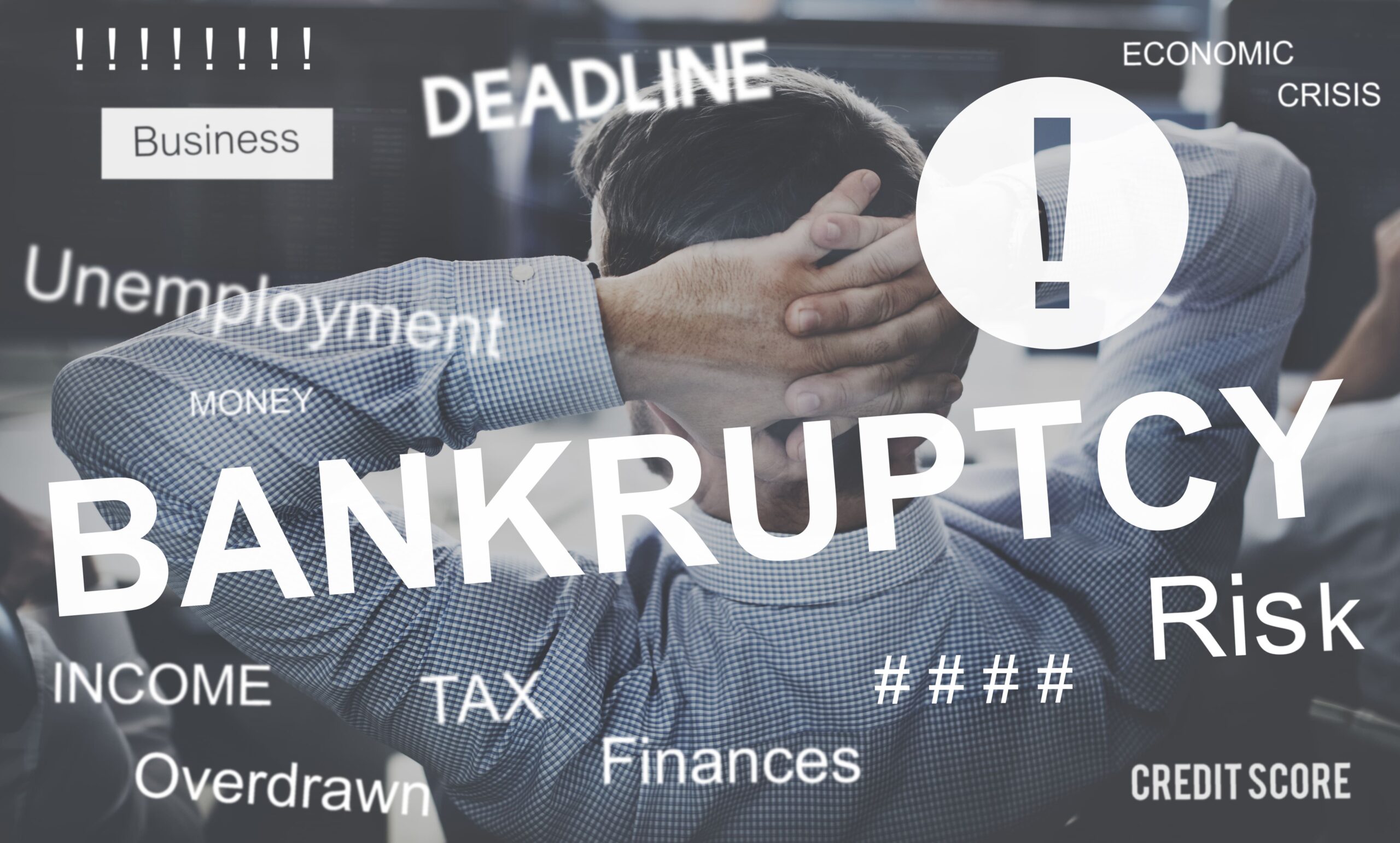- 18 Oct 2025

Financial struggles can affect anyone, whether due to job loss, medical bills, or unexpected expenses. If you’re overwhelmed with debt but still have a regular income, Chapter 13 bankruptcy might be a viable solution. This legal process helps you reorganize your debts and pay them off over time while keeping your assets.
In this guide, we’ll walk you through everything you need to know about Chapter 13 bankruptcy—how it works, who qualifies, its pros and cons, and how it compares to other types of bankruptcy.
Chapter 13 bankruptcy, also known as a “wage earner’s plan,” is a form of debt relief that allows individuals with regular income to create a plan to repay all or part of their debts over three to five years. It’s part of the U.S. Bankruptcy Code and is designed to help people avoid foreclosure and get back on stable financial ground without losing their assets.
Unlike Chapter 7 bankruptcy, which liquidates assets to pay off debts, Chapter 13 lets you keep your property and repay your debts through a court-approved repayment plan.
After filing for Chapter 13, you propose a repayment plan based on your income, expenses, and types of debt. This plan must be approved by the bankruptcy court. Once approved, you’ll make regular monthly payments to a court-appointed trustee, who then distributes the money to your creditors.
The repayment plan typically lasts three years if your income is below the state median, or five years if it’s above. During this period, creditors are legally barred from collection actions, such as lawsuits or wage garnishments.
Not everyone can file for Chapter 13 bankruptcy. You must meet specific requirements, including:
There are several reasons why Chapter 13 might be the right option for you:
While both Chapter 13 and Chapter 7 are legal forms of debt relief, they operate differently. Chapter 13 focuses on restructuring and repayment, allowing you to keep your property if you stick to the plan. In contrast, Chapter 7 involves liquidating certain assets to pay off creditors quickly and is usually a better option for individuals with little to no income or nonexempt property.
If you have a steady job, own a home, or have valuable assets you’d like to protect, Chapter 13 may offer more advantages. On the other hand, Chapter 7 might be more suitable if you’re facing overwhelming debt with no way to realistically repay it.
The repayment plan is the heart of your Chapter 13 case. It breaks down how you will pay back your debts over time:
The amount you pay is based on your disposable income—what’s left after you pay necessary living expenses. The court will review and must approve your plan before it takes effect.
Filing for Chapter 13 is a legal process that requires careful attention. Avoid these common mistakes:
Here’s how the process generally works:
Chapter 13 bankruptcy can be a powerful financial tool for people facing overwhelming debt but who still have the income to make structured repayments. It provides a chance to protect your property, stop creditor harassment, and rebuild your financial future.
If you’re considering Chapter 13 bankruptcy, it’s essential to consult a knowledgeable bankruptcy attorney who can guide you through the process and help create a plan that works for your specific situation.